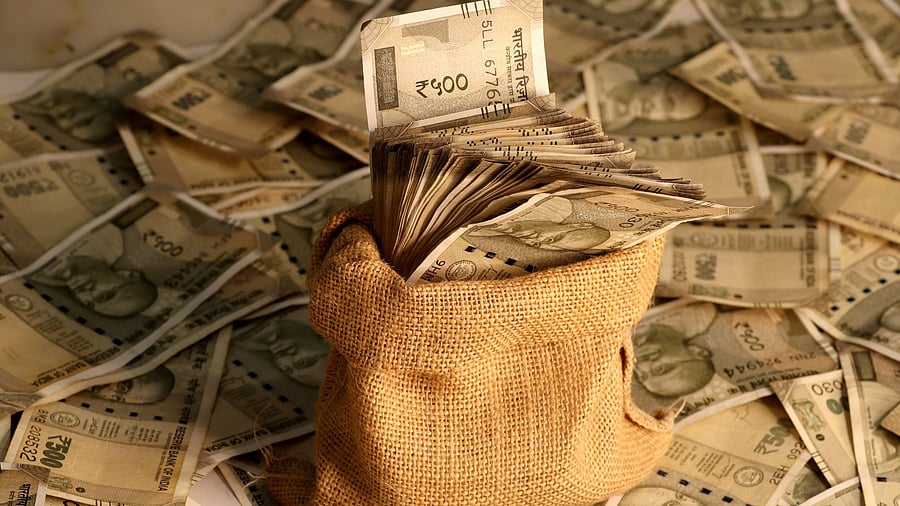
Image showing a sack of cash. For representational purposes.
Credit: iStock Photo
Finance Minister Nirmala Sitharaman will present the Union Budget on February 1.
In light of the upcoming Budget, we take a look at some of the terms associated with the exercise.
What are tax and non-tax revenues?
Tax and non-tax revenue are encompassed within a broader fiscal category known as the revenue budget. This budget comprises both tax and non-tax revenues, coupled with corresponding expenditures.
Tax revenue comprises direct taxes like income tax and indirect taxes such as GST, cess, and import/export duties.
Non-tax revenue encompasses the interest earned on government investments, loans, and income from various services it provides.
Revenue expenditure involves the government's costs in managing ministries, departments, and the services and programs offered to citizens, including social security, pension, and medical services through ESI. Additionally, it covers interest payments on borrowed loans and subsidies provided.
The comprehensive summary of revenue receipts and expenditures is presented during the annual Union Budget. Typically, government expenditure exceeds its income, leading to a resultant revenue deficit or fiscal deficit.
